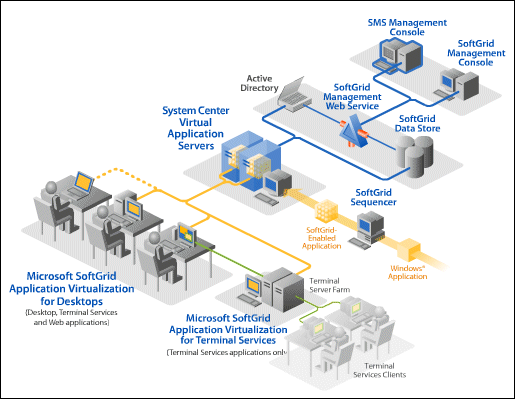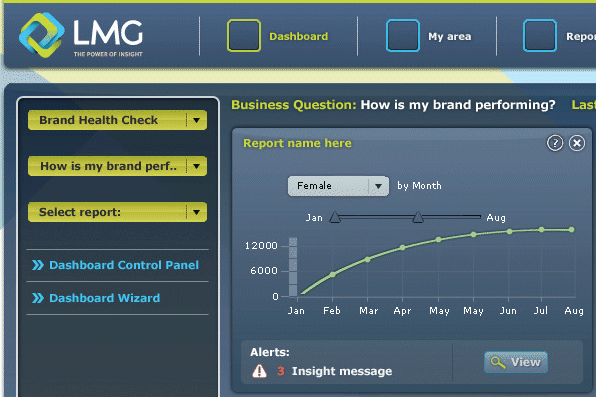I have caught up a little with what is coming in Small Business Server 2008, code-named Cougar. Short version: Microsoft is focusing on ease of use but omitting some of the features that made previous versions attractive. This will be an upgrade headache if you used those features.
The new version is 64-bit only and includes Exchange Server 2007, Sharepoint Services 3.0 and WSUS (Windows Server Update Services) 3.0 as standard. Go Premium to get SQL Server 2008 and a license for a second server (which can be 32-bit).
Program Manager Sean Daniel says in an interview (video) that the install is easier than before, and that wizards are scenario-based rather than task-based. I think this means that more decisions are taken for you. However, two changes have caused some consternation.
The first is that tape backup is no longer built in. The new backup system only supports external USB or FireWire drives. I’m not sure about backup over the network; it would be silly to omit this, but who knows? It is based on differential backup, which means you can backup in 10 minutes and do it every hour if you like.
Microsoft says this is because external drives are cheaper than tapes, and that most SBS users have moved to hard drive backup in any case. This is true unless you have a lot of tapes. However, tape advocates point out that tapes are more robust in transit and safer for archiving. Personally I’ve had problems with the cheapest bus-powered external drives, mainly because of the power being inadequate, but I’d hope that up-to-date hardware fixes this. If you still love tape, the solution is to buy a third-party tape backup system.
The other big omission is ISA Server, Microsoft’s firewall and proxy server. This is a bigger deal. ISA is a complex but sophisticated product that requires two network cards to be installed. If you can work out how to administer it, it provides extra security in conjunction with an external firewall, and numerous features for publishing internal servers and services. Why has it been dropped? Daniel makes a curious comment in this Q&A:
I am as disappointed as you with this. Certain circumstances with the changes in Longhorn server left us without firewall solution in our standard product. We attempted to move ISA into the standard product, but legal issues prevented this. There was nothing we could do.
Legal issues? This is a Microsoft product bundled with a Microsoft product. I wonder if he means internal politics?
In particular, note that there is a new multi-server bundle called Windows Essential Business Server 2008, which does include ISA.
So what do you do if you have a full-works, dual-NIC SBS 2003 box and want to upgrade? There’s no in-place upgrade, because this is 32-bit to 64-bit; and the disappearance of ISA means you have to rethink your network architecture, or upgrade to the aforementioned EBS.
Two things disappoint me here. One is that Microsoft is pushing small businesses towards multiple servers, in SBS Premium or EBS. Although this has administrative advantages, it’s not very green, it’s losing the essence of what SBS was about, and seems out of tune with the more general industry move towards fewer servers and virtualization.
The second disappointment is that Microsoft seems to be pretty much ignoring the cloud. I may be wrong: the blurb says “Integration with Microsoft Office Live Services Small Business”, though I’m not sure what this amounts to. Personally I reckon the cloud is the future for the niche that SBS fills. I’d design SBS Next as a local cache for cloud services.

